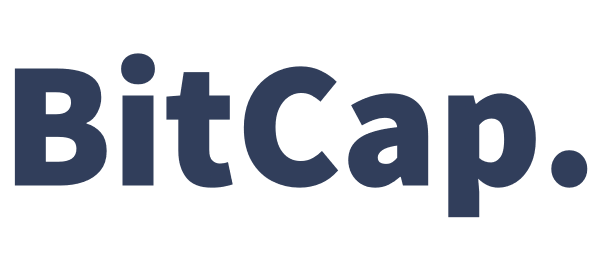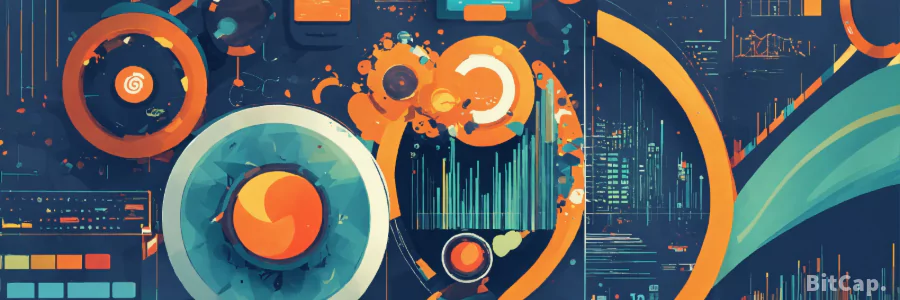The internet of things (IoT) is a term that encompasses a wide range of devices that can communicate with the internet and each other, without requiring human intervention. These devices include smart appliances, digital assistants, sensors, and actuators that can collect, process, and act on data from their environment.
The internet of things (IoT) enables new possibilities for enhancing efficiency, productivity, convenience, and innovation across various domains such as manufacturing, healthcare, transportation, agriculture, and retail. Consumers can access and control their devices remotely through voice or gesture commands, while businesses can leverage the data generated by the devices to optimize their operations and services.
IoT and our business
The Internet of Things (IoT) is transforming the way we do business in various domains. Here are some examples of how IoT devices can enhance our productivity, efficiency and customer satisfaction:
1- Home (commercial or end-user): Whether we sell IoT devices to homeowners or use them in our own premises, we can benefit from the smart features and connectivity they offer. For instance:
- We can adjust the temperature and lighting of our rooms remotely or automatically based on occupancy and preferences.
- We can monitor the security of our homes with cameras, sensors and alarms that send alerts to our phones or authorities.
- We can prevent water damage, fire hazards and carbon monoxide poisoning with sensors that detect leaks, smoke and CO2 levels.
- We can control the access to our homes with smart locks that can be opened or closed with our phones or voice commands.
- We can manage our food inventory and household chores with smart appliances that track the contents of our fridge, order groceries online and clean the floors without human intervention.
2 - Manufacture: IoT devices are revolutionizing the manufacturing and industrial sectors with their ability to collect, analyze and act on data. For example:
- We can track, locate and manage our assets with IoT tags that provide real-time information on their location, status and condition.
- We can optimize our energy consumption with IoT devices that monitor and adjust the power usage of our machines, lights and HVAC systems based on demand and schedule.
- We can automate and improve our processes with IoT sensors and actuators that measure and control various parameters such as temperature, pressure, speed and quality.
- We can prevent downtime and reduce maintenance costs with IoT devices that monitor the performance and health of our machines, identify potential failures and suggest corrective actions.
3 - Public (health and safety): IoT sensors with cellular-class connectivity can operate collaboratively across metropolitan areas to serve a wide range of purposes:
- They can detect the presence of vehicle traffic, enabling cities to adjust street lighting on idle streets and off hours.
- They can support crime prevention efforts by providing camera-based surveillance and audio detection of gunfire, alerting the police to potential incidents.
- They can optimize traffic flow by using cameras and transponders to read license plates or toll boxes, facilitating toll collection and management.
- They can improve parking efficiency by tracking parking spots and notifying drivers of available spaces through an app.
- They can enhance structural safety by monitoring bridges and other structures for stress and problems, enabling early detection and remediation.
- They can ensure water quality by detecting contaminants or pollutants and notifying the authorities.
4 - Medical and health: IoT is present in remote patient telemetry and other medical uses:
- Hospitals can use IoT to tag and track the real-time location of medical equipment, such as defibrillators, nebulizers, oxygen and wheelchairs.
- IoT in staff badges can help locate and direct staff more efficiently.
- IoT can help with other equipment control, such as pharmacy inventory, refrigerator temperatures and humidity and temperature control.
- IoT hygiene monitoring equipment can help ensure that medical environments are clean and help reduce infection.
5 - Retail: IoT and big data analytics have found extensive use in retail sales and physical store environments:
- They can monitor and track inventory, reducing stockouts and overstocking.
- They can support touchless and scan-less checkout and payment, enhancing customer convenience and safety.
- They can microtarget customers with offers on their phones as they linger in certain parts of a store, increasing sales conversion.
- They can analyze shopper activity and preferences by using cameras and other surveillance technologies, helping retail stores optimize layouts and organize related products to maximize sales.
Get In Touch With Our Professionals Now!
We have the knowledge and the tools to assist you with any problem or question you have!




